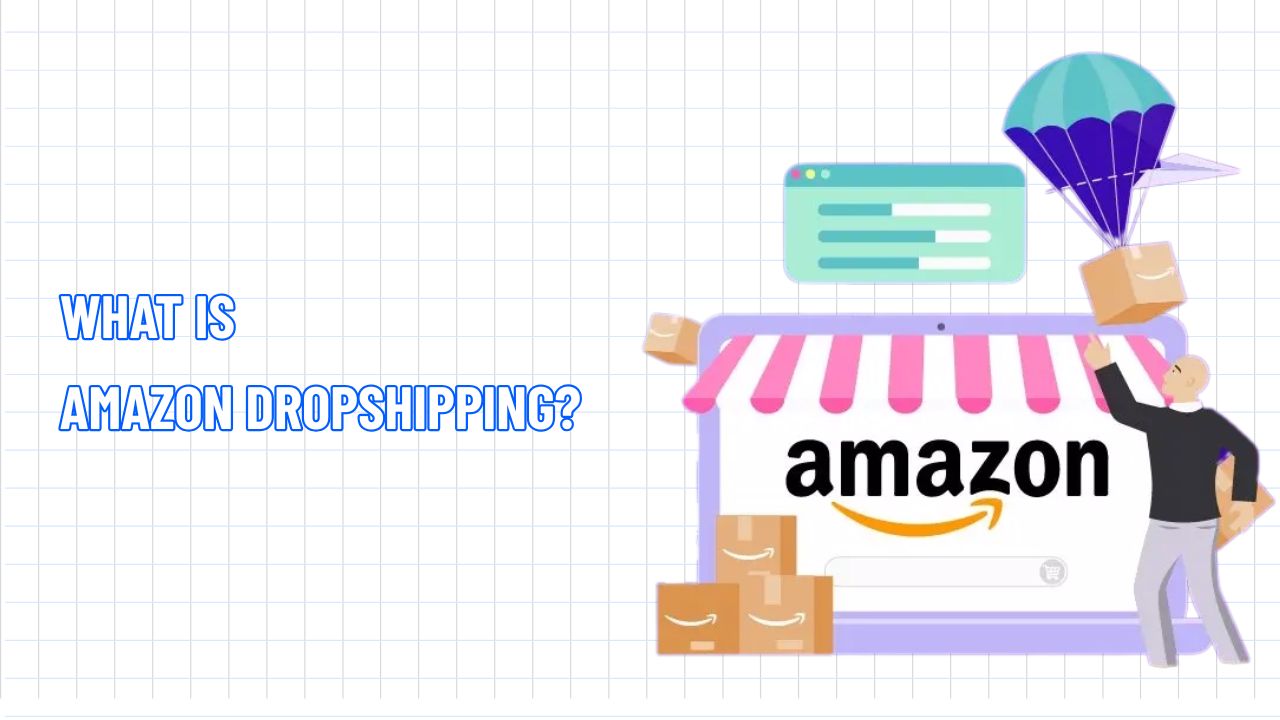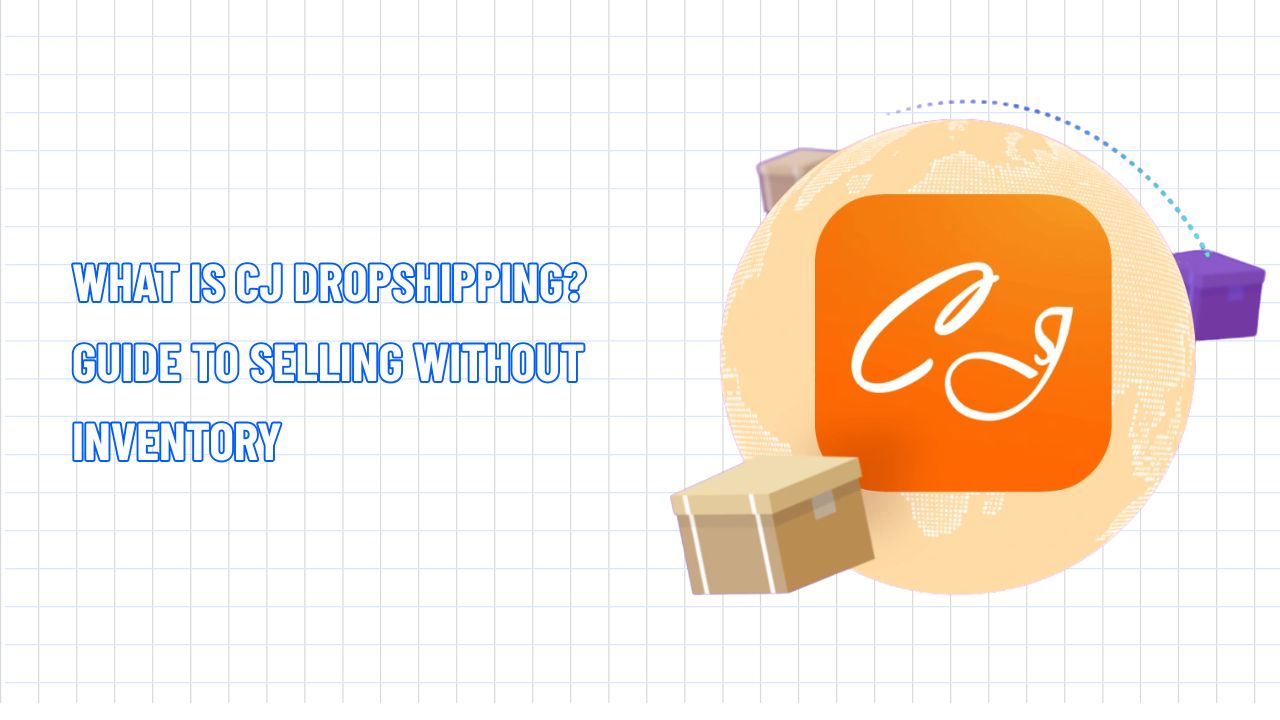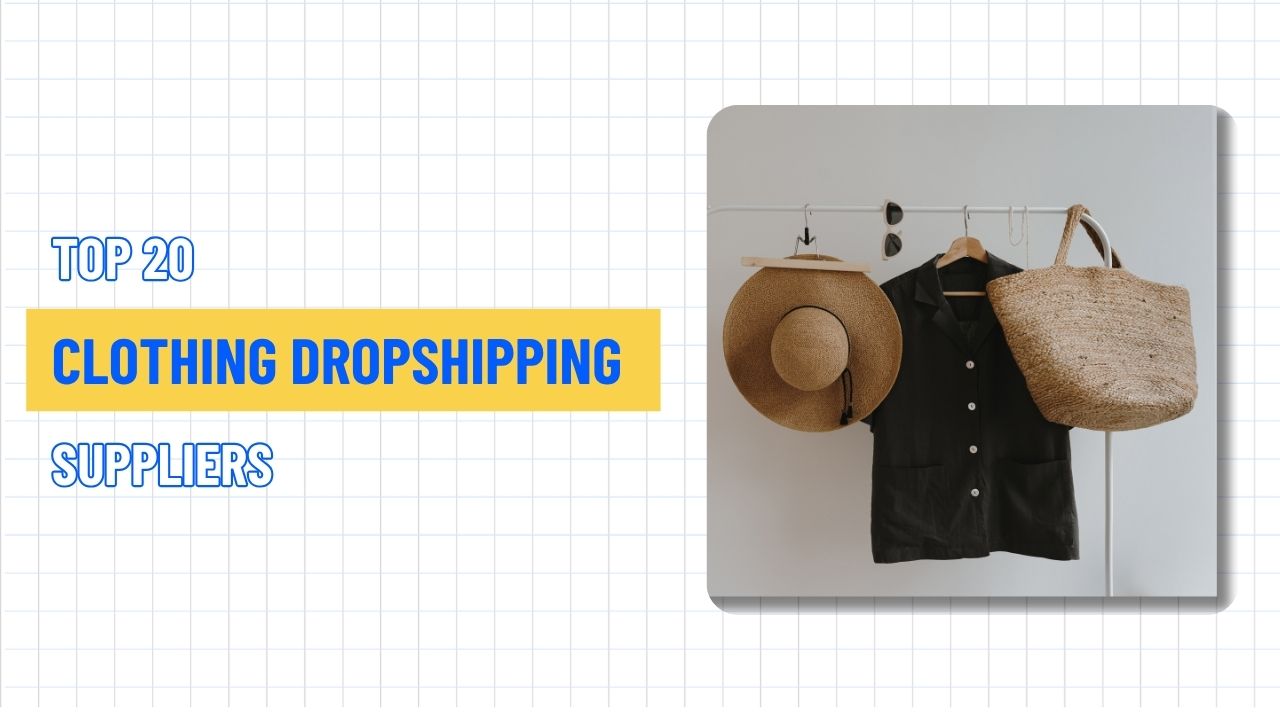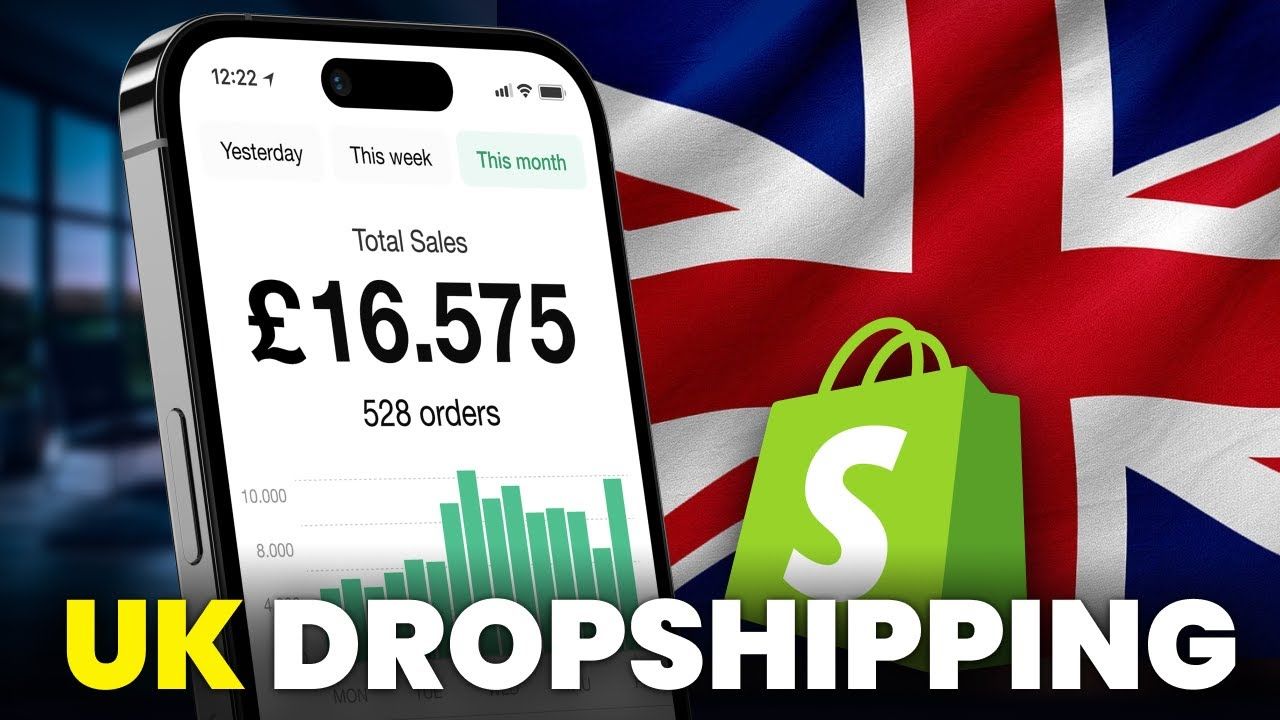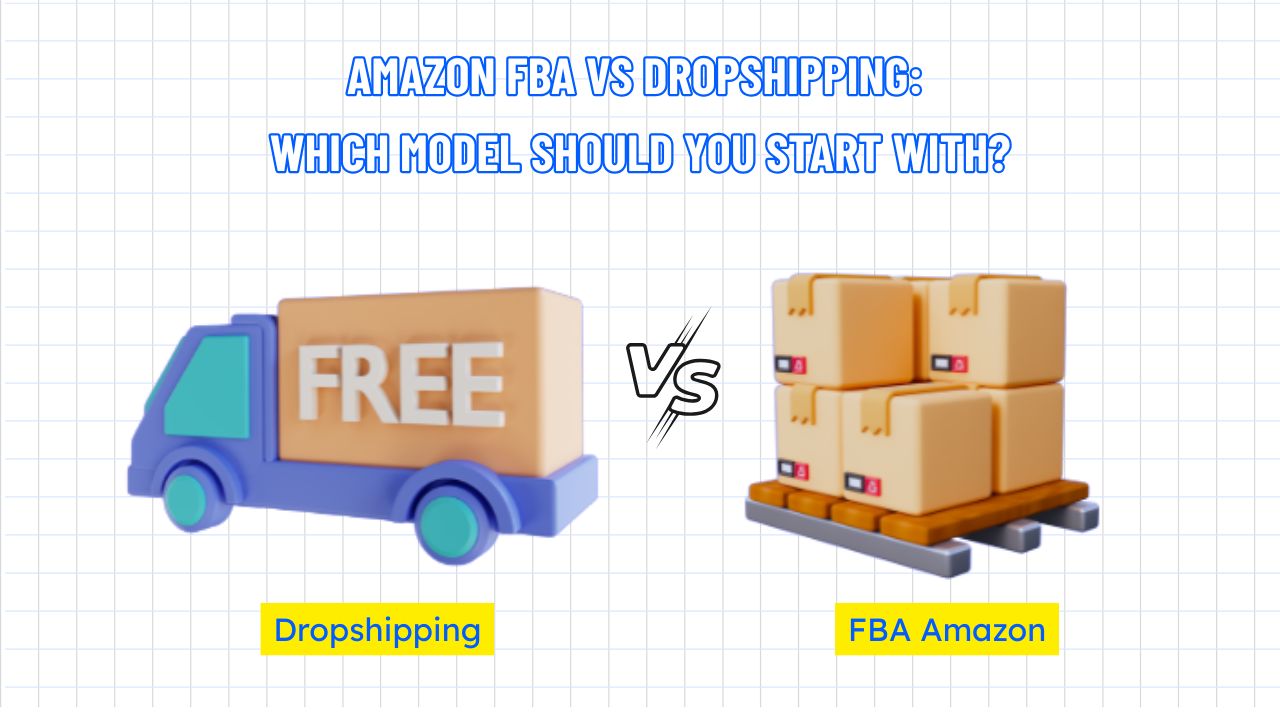Dropshipping vs E-commerce: Which Model Should You Choose?
Table of Contents Hide
If you are wondering whether to choose between dropshipping and e-commerce? In this article, NextSky will help you compare and make a decision that suits your resources and business goals.
Overview of 2 models: Dropshipping vs E-commerce

How the Dropshipping Model Works
Dropshipping is an online retail model that allows you to do business without having to import or store goods. When there is an order, you transfer the information to the supplier so that they can package and ship the goods directly to the customer. Refer to how to operate dropshipping, including:
- Select the product you want to sell.
- Find the right supplier.
- Build an online store using Shopify or a similar platform.
- Run ads to reach customers.
- When there is an order, order products from suppliers on a per-order basis.
- Pay the original price and profit from the difference.
How the E-commerce Model Works
E-commerce is a form of buying and selling goods and services through online platforms such as Shopee, Lazada, Amazon, Alibaba... helping individuals and businesses easily transact, pay, and exchange information quickly. Refer to the operating process immediately, including:
- Buy or manufacture products yourself in bulk.
- Store goods in warehouse or store.
- Process orders, pack, and deliver to the shipping unit.
- Products are delivered to customers.
Read more: What is Dropshipping? Everything You Need to Know in 2025
Comparing Dropshipping and E-commerce
Although both models fall under the online sales domain, they still have significant differences in how they operate.
|
Element |
Dropshipping |
E-commerce |
|
Inventory |
Hosted by the provider |
You import and store it yourself |
|
Start-up costs |
Under $100 |
From $1,000–$20,000+ for inventory and stock |
|
Profit |
15–30%, depending on supplier |
40–80%, better cost control |
|
Growth |
Depends on supplier and product quality |
Limited by inventory |
|
Order processing |
Packaging and delivery provider |
You are in control of the entire process |
|
Customer Experience |
Little control over delivery time |
Self-control packaging and delivery |
|
Time commitment |
Focus on marketing |
Balancing Operations and Marketing |
|
Risk |
Low finance, difficult to control service |
Higher capital, better service control |
Read more: Dropshipping vs Wholesale: Which Model Is Right for You?
Pros and Cons of E-commerce and Dropshipping
Now that you understand the differences between e-commerce and dropshipping, let’s take a look at the strengths and weaknesses of each model:
Dropshipping
Advantage
- Low startup costs: Dropshipping doesn’t require you to stock inventory or rent storage space. This means you can start your business with very little capital, just investing in a sales platform and advertising.
- Easy to deploy: With the support of platforms like Shopify, WooCommerce, setting up a dropshipping store becomes simple and does not require in-depth technical knowledge.
- Flexibility in product selection: You can easily change your product mix based on market trends without being tied down by inventory.
Disadvantages
- Difficult to control product quality: Because goods are shipped directly from suppliers to customers, it is easy to lead to complaints and bad reviews if the quality is not guaranteed.
- Slow delivery times: If the supplier is overseas, shipping times can range from 7–21 days, affecting customer experience.
- Branding limitations: Without control over the packaging process, it's difficult to differentiate or personalize the experience to build your own brand.
- Low profit margins: High competition forces you to adjust your prices flexibly. At the same time, advertising costs can increase over time, significantly reducing profits.
E-commerce
Advantage:
- Take full control of your business processes: You need to be proactive from the stages of importing, storing, packaging to customer care. This helps ensure quality and consistency in the buyer experience.
- Fast delivery: By operating your own or renting a warehouse close to your customers, you can offer fast, even same-day delivery, which is difficult to achieve with dropshipping.
- Increase your ability to build a powerful brand: By having complete control over your packaging, packaging, and services, you can create a brand identity, design a unique shopping experience, and create customer loyalty.
- Higher profits if optimized well: Importing goods at wholesale prices helps you enjoy larger profit margins. If operated efficiently, you can reduce costs and increase profits significantly.
Disadvantages:
- Requires a large amount of capital to start: You have to invest significantly in goods, warehouses, personnel and operating systems. For beginners, this is a big barrier.
- Inventory risk: If you misjudge demand or choose the wrong product, you can easily end up with inventory, burying capital or losing capital because the goods cannot be sold.
- More complex operations: You need to handle many steps such as importing, packaging, delivery, returns and customer care, requiring management skills and a systematic system.
- Difficult to scale quickly: Scaling up requires more capital, inventory, staff, and solid operating systems. If you grow too quickly without adapting, you will be overwhelmed.
Read more: Dropshipping vs Affiliate Marketing: Which Model Should You Choose?
Between Dropshipping and E-commerce: Which one should you choose?

Instead of asking which model is better, ask: Which model is better for you? Each has its own advantages and limitations, and the right choice depends on your budget, time, and business vision.
Before you decide, be honest with yourself about the following questions:
- Have your own product and want to build a sustainable brand?
- Ready to invest capital and accept risk in exchange for long-term success?
- Can you manage inventory, packaging, and operations yourself?
- Can you devote most of your time each day to growing your business?
If the majority of the answers are Yes, you should choose the traditional e-commerce model. On the contrary, if the majority are No, then dropshipping will be a lighter, less risky, and easier step to start.
Read more: Amazon FBA vs Dropshipping: Which Model Should You Start With?
Above is a detailed analysis of two popular business models today, along with a comparison between dropshipping and e-commerce. Hopefully, the information in this article by NextSky will help you understand the advantages and disadvantages of each model and choose the right direction for yourself.



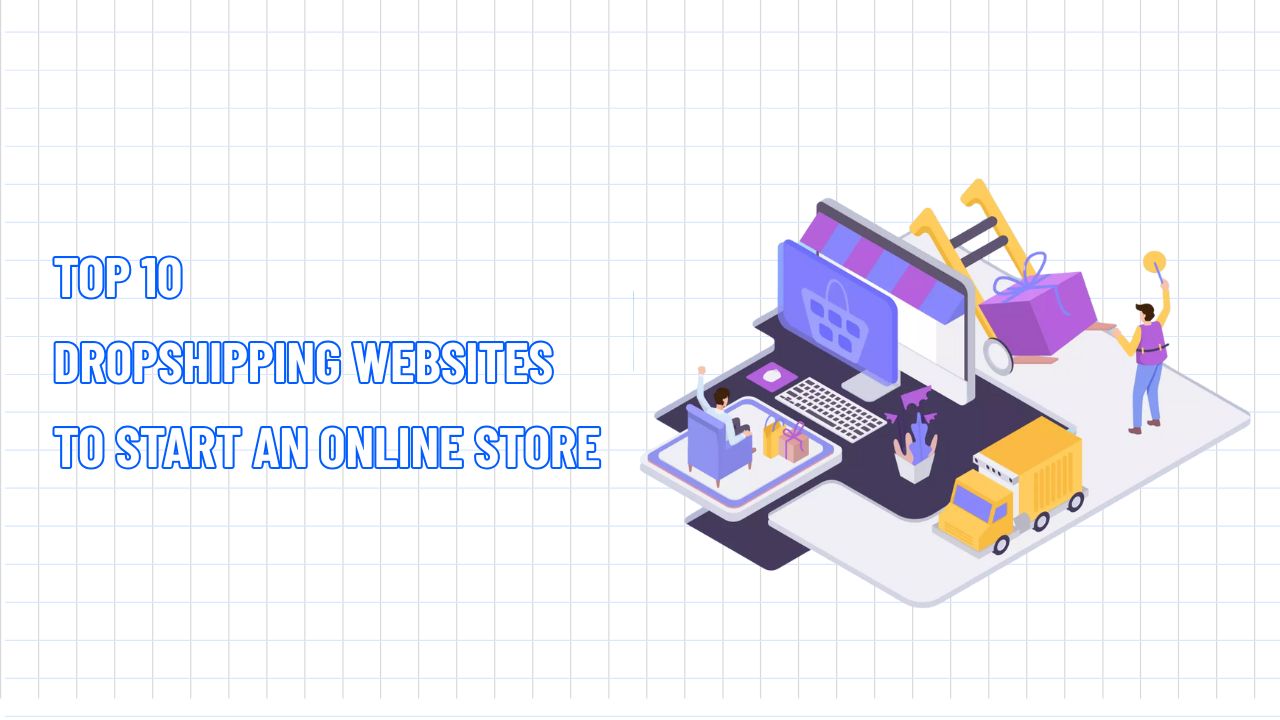
![[2025] AliExpress Dropshipping: A-Z Guide for Beginners](http://nextsky.co/cdn/shop/articles/aliexpress-dropshipping_68a937c9-3a8c-460e-b6a7-a9182d5fc4a2.jpg?v=1751219977&width=1280)
